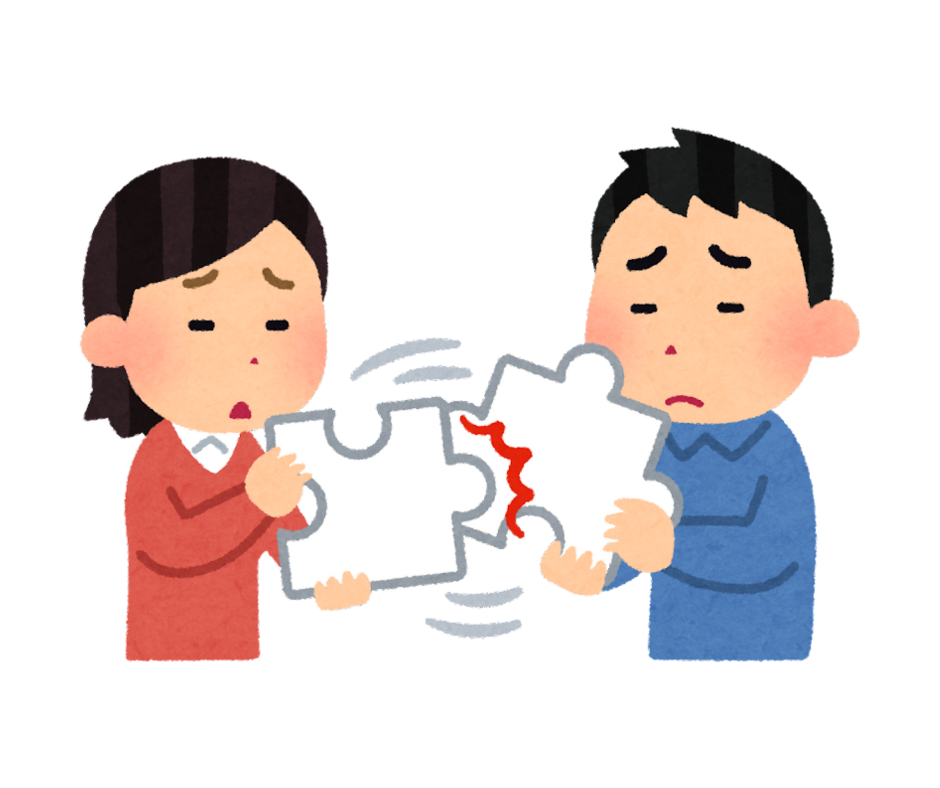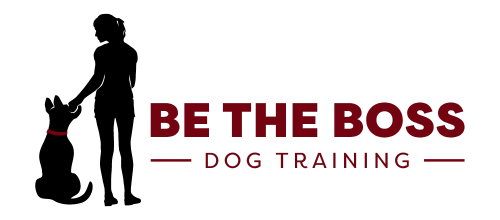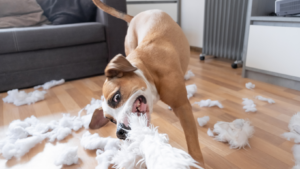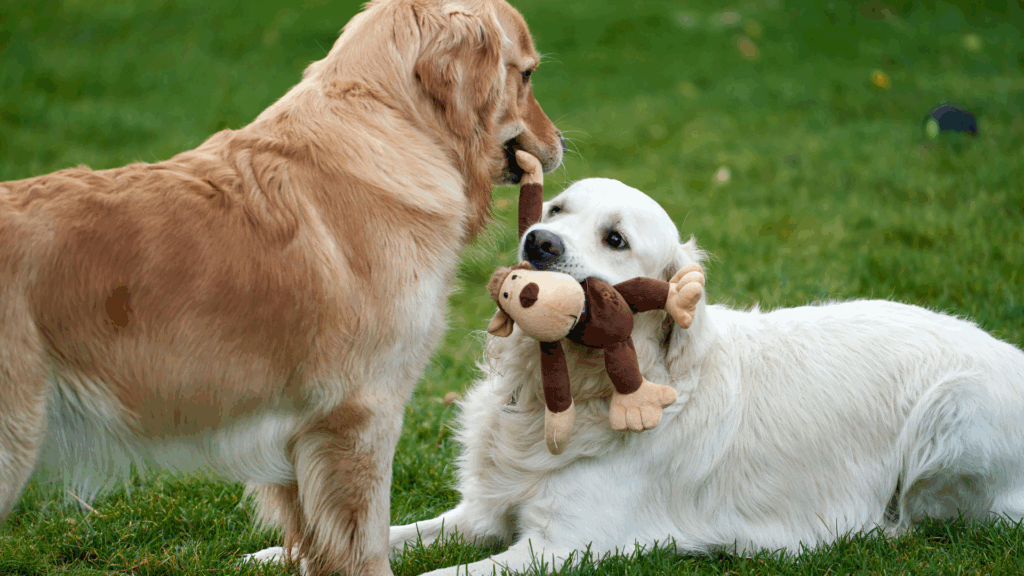When you walk into a room and see the aftermath of your dog’s latest “project”—a chewed-up couch, a destroyed shoe, or shredded curtains—it’s easy to feel frustration bubbling over. The question may even cross your mind: Is my dog doing this on purpose? Do they actually hate me?
But here’s the truth: your dog doesn’t harbor resentment, nor do they act out of spite or revenge. Dogs simply don’t process emotions like humans do. While it’s natural to project human motives onto their behavior, destructive tendencies almost always stem from unmet needs, miscommunication, or stress, rather than any malicious intent.
So why does it feel so personal? Because their destruction often targets things that are meaningful to us—our shoes, furniture, or even the pillows we rest our heads on. To your dog, these items might carry your scent, represent a release for pent-up energy, or simply be the most accessible object in their environment. It’s not an act of defiance; it’s an act of instinct.
Understanding why your dog is behaving this way is the first step toward addressing the problem. By examining their actions through the lens of psychology and behavior, you can uncover the real motivations behind their destruction and learn how to redirect it effectively. Let’s explore three unique angles that help shed light on why your dog continues to destroy your belongings—and, more importantly, how you can stop it.

1. The Miscommunication of Energy and Expectations
Imagine being dropped into a foreign country where you don’t speak the language, yet everyone expects you to follow the rules perfectly. You don’t know what’s right, what’s wrong, or even what’s expected. You’d probably make a lot of mistakes, not out of defiance but out of sheer confusion. This is exactly how many dogs feel in their homes—misunderstood and unsure of what’s allowed.
Destructive behavior often signals a deeper issue: unmet physical or mental needs. Dogs are brimming with energy, and when that energy has no constructive outlet, it finds its way into chewing, digging, or ripping apart your belongings. This behavior isn’t about malice; it’s about survival. Your dog is trying to meet their needs with the limited resources and understanding they have.
- Are You Meeting Their Needs?
Ask yourself: Am I providing my dog with enough mental and physical stimulation? Many well-meaning dog owners assume that a walk around the block or letting their dog sniff in the backyard is sufficient. But for most dogs, this isn’t enough. They need structured walks that challenge their focus, toys that engage their problem-solving skills, and consistent routines that help them feel secure.
Tug toys, food puzzles, and training games are excellent ways to channel a dog’s energy constructively. Even something as simple as teaching your dog new tricks or obedience commands can make a world of difference in how they manage their energy throughout the day.
- The Role of Structure and Boundaries
Balanced trainers know that structure is key. It’s not enough to provide activities—you also need to set boundaries. For example, if your dog keeps chewing on shoes, have you shown them what they can chew on instead? A firm yet calm “leave it” paired with redirection to an appropriate chew toy sends a clear message: This is off-limits, but here’s something else you can enjoy.
It’s crucial to be consistent in these interactions. Mixed signals—allowing a behavior one day and punishing it the next—will only confuse your dog further. By combining structure (clear rules and boundaries) with compassion (positive outlets for their energy), you create an environment where your dog can thrive.
- A Cry for Help, Not Hatred
When your dog chews through your furniture or tears apart your favorite shoes, they’re not acting out of spite. They’re communicating in the only way they know how. Your role as their leader is to listen to what they’re telling you. If their needs for exercise, engagement, and structure are unmet, they’ll express that frustration through their actions.
By understanding and addressing the root of their behavior, you’ll not only protect your belongings but also build a stronger, more trusting bond with your dog. They don’t hate you—they’re just waiting for you to meet them halfway.

2. Anxiety in Disguise: Is Your Dog Crying for Help?
Imagine feeling a constant undercurrent of worry or fear, unsure of what’s going to happen next or how to make things better. For many dogs, this is their reality. When your dog destroys furniture, chews through doors, or tears apart objects while you’re away, it’s often more than just boredom—it’s a manifestation of anxiety. This destructive behavior isn’t about mischief or malice; it’s your dog’s way of crying out for help.
- The Root Cause of Anxiety
Dogs are deeply social animals that thrive on routine, structure, and the presence of a strong leader. When they lack these foundational elements, they often experience heightened anxiety. Separation anxiety, for example, occurs when dogs feel unsafe or abandoned when their owner leaves. This fear can result in frantic, destructive attempts to cope—chewing on doors in an effort to follow you, tearing apart furniture to channel nervous energy, or even howling and barking in distress.
Anxiety can also stem from a lack of confidence. If your dog isn’t sure what’s expected of them, every change in routine or absence can feel overwhelming. This isn’t a failure of your dog’s temperament—it’s a sign they need more security and guidance from you.
- Providing Safety Through Leadership
Dogs look to their owners for direction. When they don’t feel that someone is in control, their anxiety skyrockets. The solution lies in reinforcing calm, predictable behavior and showing your dog that you’ve got things handled.
Start with how you leave and return home. Many owners unintentionally add to their dog’s stress by making departures and arrivals dramatic. Long, emotional goodbyes or overexcited greetings send the message that leaving and returning are major events. Instead, make these transitions calm and routine. Before leaving, guide your dog to a designated spot—like a mat or their crate—and reward them for staying there. This simple exercise teaches them patience and instills confidence.
- Crates: A Den, Not a Punishment
A common misconception is that crates are a punishment. In reality, a crate can become your dog’s safe haven when introduced correctly. Think of it as their personal den—a cozy space where they can relax, feel secure, and avoid external stressors. By making the crate a positive place with treats, toys, or soft bedding, you provide a sanctuary where they can decompress.
When your dog has a safe, familiar space to retreat to, their anxiety decreases, and so does their destructive behavior. They’re less likely to feel the need to “fix” their environment by chewing or tearing things apart.
- Tools for Gentle Guidance
In balanced training, tools like e-collars can play an essential role in managing anxiety-driven destruction. These tools, when used properly, provide clear, non-confrontational guidance that helps your dog make better decisions. For example, if your dog starts to chew on a door out of nervous energy, an e-collar can redirect their focus with a gentle cue. Over time, this creates a pattern of calm behavior and reduces their reliance on destructive coping mechanisms.
The key is always to pair tools with training. An e-collar alone won’t solve anxiety—it’s the combination of redirection, structure, and leadership that creates lasting change.

3. Boredom: The Silent Destroyer
Imagine being left in a room with nothing to do for hours on end. No books, no TV, no phone—just you and the walls. You’d likely start pacing, fidgeting, or even finding ways to entertain yourself that might seem bizarre or destructive to an outside observer. For your dog, this is boredom in action. When left without engagement or stimulation, dogs will naturally turn to behaviors like chewing, digging, or tearing apart items to fill the void.
- The Underestimated Power of Boredom
Dogs are intelligent, curious, and energetic creatures. They aren’t wired to sit idly for long stretches of time. When their minds and bodies are left unstimulated, that restless energy has to go somewhere—and it often takes the form of destruction. Your shoes, furniture, or pillows become their outlet because those items are accessible, smell like you, and offer sensory feedback when chewed or torn.
Unfortunately, boredom is often misunderstood by owners as laziness or independence. You might think your dog is fine lounging around all day while you work, but in reality, they’re slowly building up frustration, which explodes into destructive behavior.
- Creating a Fulfilling Routine
A balanced trainer understands that addressing boredom doesn’t mean constantly entertaining your dog. Instead, it’s about providing structured activities that challenge their mind and body in meaningful ways. Here’s how you can do it:
- Focused Walks: Walking your dog isn’t just about letting them sniff around—it’s an opportunity to engage them mentally. Practice obedience commands during the walk, such as “heel” or “sit.” This keeps them focused and burns both physical and mental energy.
- Interactive Toys and Puzzles: Treat-dispensing toys, food puzzles, and lick mats are fantastic tools for keeping your dog’s mind occupied. These activities mimic natural foraging behaviors and can keep your dog engaged for extended periods.
- Training Sessions: Teaching your dog new tricks or reinforcing basic commands provides mental stimulation while strengthening your bond. A few short training sessions a day can significantly reduce boredom.
- Scent Games: Dogs experience the world primarily through their noses, and scent games are a great way to tap into this natural instinct. Hide treats around your home or yard and encourage your dog to find them. This activity is both stimulating and exhausting in the best way.
- Avoiding Common Mistakes
One of the most overlooked aspects of boredom-driven destruction is how owners inadvertently reinforce it. For instance, if your dog chews up a pillow and you react by yelling or chasing them, you’ve just made the destruction exciting. To your dog, this isn’t a scolding—it’s a game. The energy and attention you bring to the situation become part of the reward.
Instead of reacting emotionally, address the root issue by redirecting their energy. If you catch your dog chewing something they shouldn’t, calmly interrupt the behavior and guide them to an appropriate toy or activity. Reward them when they make the right choice to reinforce positive behavior.

Final Thoughts: Decoding Destruction
Let’s be clear: your dog doesn’t hate you. Dogs don’t operate from a place of resentment, revenge, or malice. Instead, they navigate the world based on instincts, needs, and the lessons they’ve learned from their environment. When your dog engages in destructive behavior, it’s their way of coping with an unmet need, an emotional struggle, or a lack of guidance in a world they don’t fully understand.
Destruction isn’t random. It’s a form of communication. Whether your dog is tearing up your couch cushions, chewing on shoes, or digging holes in your yard, they’re sending a message: I need something more from you. The challenge—and the reward—is learning to decode what that message means and addressing it in a way that benefits both you and your dog.
- Balanced Training: The Bridge Between Structure and Compassion
Balanced training is more than a methodology; it’s a philosophy rooted in understanding, empathy, and practicality. It doesn’t view destructive behavior as disobedience to be punished, but rather as a symptom of an unmet need to be addressed. By blending structure (clear rules, boundaries, and expectations) with compassion (positive reinforcement, engaging activities, and tools that build trust), you can transform destructive tendencies into harmonious behavior.
For example, a dog that’s chewing out of boredom doesn’t need reprimands—they need engagement. A dog acting out from anxiety doesn’t need punishment—they need leadership and reassurance. A dog misbehaving due to pent-up energy doesn’t need frustration—they need outlets for physical and mental stimulation. Balanced training bridges the gap between these needs and the solutions, helping you create a home where your dog can thrive.
- The Power of Perspective
When you step back and view your dog’s behavior through their perspective, the frustration fades, and understanding takes its place. Dogs aren’t intentionally making your life harder; they’re doing their best with the tools they’ve been given. When you take the time to meet their needs—whether that’s through structured routines, training, or providing safe outlets—you not only prevent destruction but strengthen the bond you share.
Understanding your dog’s perspective also requires patience. Progress takes time, and there will be setbacks. But every small victory—a redirected chew, a calmer departure, or a successful engagement activity—builds a foundation for a happier, healthier relationship.
- A Well-Trained Dog is a Happy Dog
Ultimately, the goal of addressing destructive behavior isn’t just to save your belongings—it’s to improve your dog’s quality of life. A well-trained dog is confident, secure, and fulfilled. They know what’s expected of them, have outlets for their energy, and trust in your leadership. And a happy, well-balanced dog doesn’t feel the need to destroy your things.
By investing in your dog’s well-being and understanding the root of their actions, you’re doing more than fixing a behavioral issue. You’re creating a partnership built on trust, respect, and love. And isn’t that why you welcomed a dog into your life in the first place?
Struggling with your dog’s destructive behavior? Click here to contact us for personalized help.
Curious to learn more? Check out our blog on how to stop dog separation anxiety.





